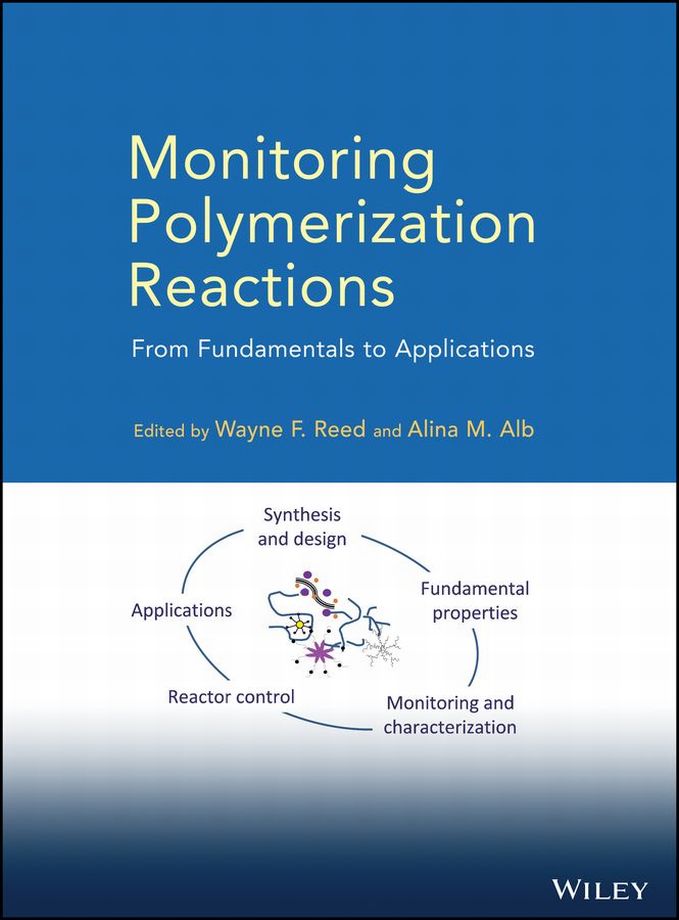

Copyright 2014 by John Wiley & Sons, Inc. All rights reserved.
Published by John Wiley & Sons, Inc., Hoboken, New Jersey.
Published simultaneously in Canada.
No part of this publication may be reproduced, stored in a retrieval system, or transmitted in any form or by any means, electronic, mechanical, photocopying, recording, scanning, or otherwise, except as permitted under Section 107 or 108 of the 1976 United States Copyright Act, without either the prior written permission of the Publisher, or authorization through payment of the appropriate per-copy fee to the Copyright Clearance Center, Inc., 222 Rosewood Drive, Danvers, MA 01923, (978) 7508400, fax (978) 7504470, or on the web at www.copyright.com . Requests to the Publisher for permission should be addressed to the Permissions Department, John Wiley & Sons, Inc., 111 River Street, Hoboken, NJ 07030, (201) 7486011, fax (201) 7486008, or online at http://www.wiley.com/go/permission .
Limit of Liability/Disclaimer of Warranty: While the publisher and author have used their best efforts in preparing this book, they make no representations or warranties with respect to the accuracy or completeness of the contents of this book and specifically disclaim any implied warranties of merchantability or fitness for a particular purpose. No warranty may be created or extended by sales representatives or written sales materials. The advice and strategies contained herein may not be suitable for your situation. You should consult with a professional where appropriate. Neither the publisher nor author shall be liable for any loss of profit or any other commercial damages, including but not limited to special, incidental, consequential, or other damages.
For general information on our other products and services or for technical support, please contact our Customer Care Department within the United States at (800) 7622974, outside the United States at (317) 5723993 or fax (317) 5724002.
Wiley also publishes its books in a variety of electronic formats. Some content that appears in print may not be available in electronic formats. For more information about Wiley products, visit our web site at www.wiley.com .
Library of Congress Cataloging-in-Publication Data:
Monitoring polymerization reactions : from fundamentals to applications / edited by Wayne F. Reed, Tulane University, New Orleans, Louisiana, USA, Alina M. Alb, Tulane University, New Orleans, Louisiana, USA.
pages cm
Includes index.
ISBN 978-0-470-91738-1 (cloth)
1. Polymerization. 2. Chemical reactions. I. Reed, Wayne F. II. Alb, Alina M.
TP156.P6M585 2014
668.92dc23
2013018919
Printed in the United States of America
10 9 8 7 6 5 4 3 2 1
PREFACE
Monitoring polymerization reactions has both fundamental and applied motivations. At the basic level, simultaneous monitoring of the various reaction characteristics, such as the evolution of copolymer composition and molecular weight, can reveal the underlying kinetics and mechanisms involved in reactions and also illuminate ways in which the reaction may deviate from what is ideally thought to occur. The ability to monitor reactions will become increasingly important as new, stimuli-responsive, and intelligent polymers are developed at the frontiers of twenty-first century materials science.
From the practical viewpoint, optimization of reaction conditions at the laboratory and pilot plant level can be an important step in process development. Ultimately, application of monitoring and subsequent feedback control to full-scale industrial reactors will lead to improved efficiency in the use of energy, feedstocks, and other nonrenewable resources, as well as plant and labor time, enhanced product quality and reliability, and the reduction of emissions.
While it is not possible to be all encompassing in scope, this book attempts to be as self-contained as possible. Hence, the basic elements of different types of polymer reactions and their kinetics are reviewed in Section 1, including a brief overview of stimuli-responsive polymers. This is followed in Section 2 by a description of the most relevant polymer and reaction characteristics to be monitored. The section then explains the principles and applications of some of the most important polymer characterization tools, such as light scattering, gel permeation chromatography, calorimetry, rheology, and various types of spectroscopy. Section 3 is devoted to Automatic Continuous Online Monitoring of Polymerization (ACOMP) reactions, which is a flexible platform that allows characterization tools discussed in Section 2 to be employed simultaneously during reactions in order to obtain a comprehensive and quantitative record of multiple reaction features. The chemical engineering community has devoted considerable effort to the modeling of polymerization reactions, and Section 4 provides an account of the theoretical and experimental bases for these efforts, as well as a treatment of the type of modeling and numerical approaches used. Finally, Section 5 gives a short selection of industrially important polymers and perspectives on their production and how monitoring can be employed to optimize their manufacture.
INTRODUCTION
Observing processes as they occur is a widespread approach in many areas of inquiry and industry because it allows fundamental understanding of the mechanisms involved in the process and offers the possibility for control. The many areas of process monitoring are striking: time-lapse photography of plant growth, embryology, crystallization processes; electrophysiological monitoring of vital signs; using the electromagnetic wave spectrum to detect and monitor the expansion of the universe; the dynamic flows of ocean currents; and the paths of hurricanes.
As the focus turns to chemistry, science and engineering have developed rich and deep layers of useful theory and modeling concerning reaction kinetics and processes. In the realm of the vast chemical industry, monitoring temperature, pressure, and other parameters, the presence of specific small molecules, particulates, and pollutants has allowed enormous gains in efficiency, safety, product quality, and reduction of negative environmental impact.
When it comes to monitoring polymer reactions, however, the nature of the task shifts. This is because polymer characterization is a complex and challenging field even offline. In principle, polymers have definable molecular weight distributions, conformations, and interactions in different solvents and at different concentrations and temperatures, architectures, hydrodynamic properties, comonomer compositions, sequence length distributions or comonomer blockiness, propensities to aggregate, and so forth. The experimental measurement of these quantities and behaviors requires many instrumentational and methodological approaches. Hence, polymer characterization is a great interdisciplinary undertaking, which has united efforts from diverse areas of the physical and biological sciences and engineering. It has rapidly incorporated the advances in fields such as light, x-ray, and neutron scattering, nuclear and electron magnetic resonance, ultraviolet, visible, and infrared spectroscopies, thermal measurements, ultrasonics, viscometry, time-of-flight mass spectroscopy, and microscopies.
Given the challenges that exist for the characterization of polymers in equilibrium, taking the next step to provide characterization while polymer reactions occur requires new concepts and strategies but is rewarding for both fundamental science and improved industrial manufacturing.
Next page







